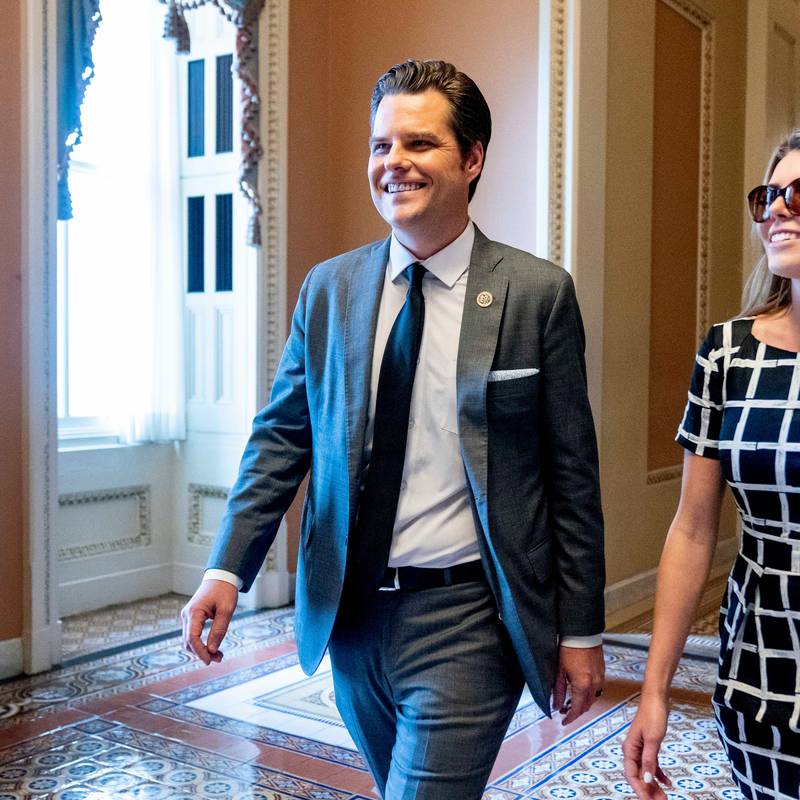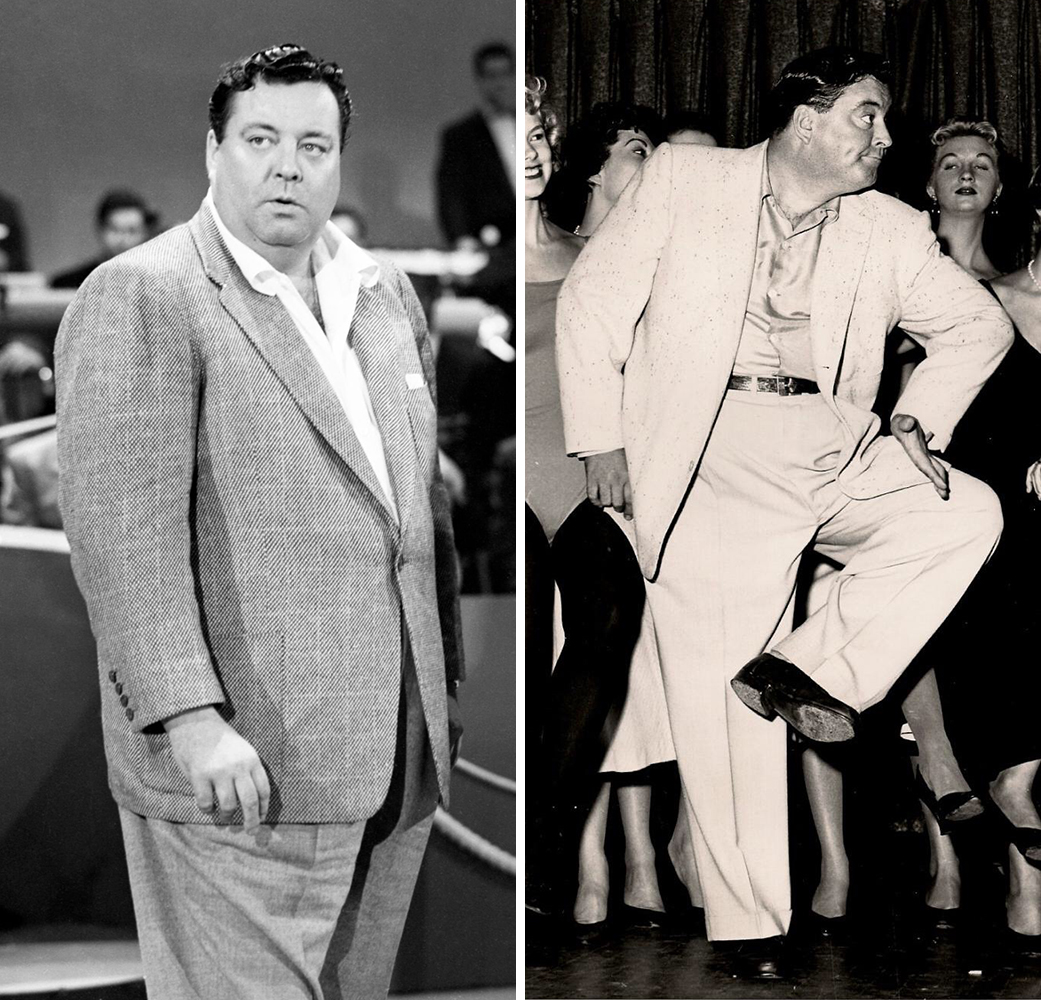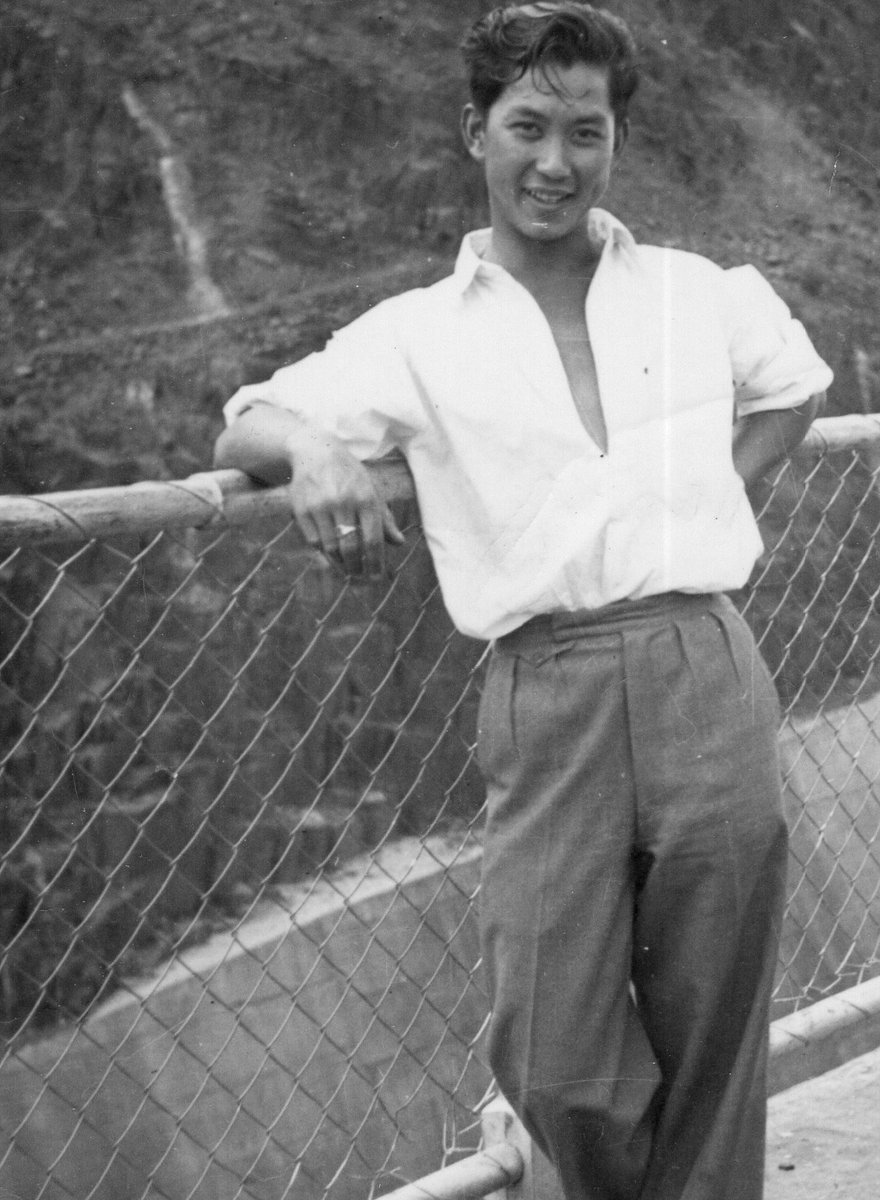YOU SHOULD CONSIDER HIGH-RISE TROUSERS
I think I've been writing mainly for menswear-obsessed guys for so long that it had not occurred to me that high-rise trousers could still be controversial in 2023. So let's run through some points. 🧵
I think I've been writing mainly for menswear-obsessed guys for so long that it had not occurred to me that high-rise trousers could still be controversial in 2023. So let's run through some points. 🧵
First, if you're wearing a tailored jacket (e.g., suit jacket or sport coat), you should wear high-rise trousers. Low-rise trousers create this ugly shirt triangle below the buttoning point. High-rise trousers create a more coherent, streamlined look between jacket and pants 



Some people think that high-rise trousers look old-fashioned and out of date. First, I think you should dress for your body type, not according to trends. Low-rise jeans and trousers are best on stick-thin models, who they were created for. 



A lot of stick-thin guys though are not wearing them in that edgy, cool way. They are wearing them in this really bland way, and the effect ends up making your torso look weirdly long and your legs weirdly short. 

High-rise trousers lengthen your leg line and bring the proportion between your torso and legs into better balance. It had not occurred to me that some people could still think they're categorically bad, so let's run through some stereotypes:
In the summertime, when it's too hot to layer, it's even more important that your shirt and pants are on point. One way to create a more flattering, stylish silhouette is to wear higher-rise trousers. Pair with a tucked linen button-up shirt or a camp collar shirt. Super easy. 





Of course, as ever, people can wear what they want. I am only presenting my views. But this summer outfit is cool as hell, and the trousers add a lot to the look. If you haven't yet considered higher-rise trousers, I think you should give them a chance.
Some people have asked for options. I'm tweeting this with great trepidation bc anytime I mention something over $50, ppl get mad. The following spans a large price range, so if you encounter something out of your budget, keep going down the list (they are, however, above $100)
For trousers (in no particular order):
Dapper Classics, O'Connell's, Rota selection at No Man Walks Alone, The Armoury, Spier & Mackay, Besnard, Scott Fraser Simpson, J. Press, The Andover Shop, Casatlantic, and Berg & Berg
When shopping, check measurements and return policy.
Dapper Classics, O'Connell's, Rota selection at No Man Walks Alone, The Armoury, Spier & Mackay, Besnard, Scott Fraser Simpson, J. Press, The Andover Shop, Casatlantic, and Berg & Berg
When shopping, check measurements and return policy.
For jeans, you don't want an actual high rise. You want just something a little higher than the low-rise stuff. So check:
Levis Vintage Clothing 1947 501s, Drake's, The Armoury, 3sixteen CS cut, Orslow 105 and 107, and Blackhorse Lane N3. I would also contact @selfedge for recs
Levis Vintage Clothing 1947 501s, Drake's, The Armoury, 3sixteen CS cut, Orslow 105 and 107, and Blackhorse Lane N3. I would also contact @selfedge for recs
i didn't want to say it, but yes. I still don't think you should dress according to trends, but the reality is that young people are into wider fits and higher rises, while older people are the ones in the slim fit, low rise silhouette of the early 2000s


https://twitter.com/lock_schmidt/status/1665962864568352768


every counter argument in this thread uses photos that literally look nothing like the examples that i've posted (which, by the way, are of real people in normal settings, not professional photoshoots). whereas i use real examples of how actual ppl look in low rise pants 







• • •
Missing some Tweet in this thread? You can try to
force a refresh





































